STIR/SHAKEN statistics from June 2022
STIR/SHAKEN participation increased in June 2022, while robocall traffic remains high, including robocalls signed with SHAKEN certificates. Here’s a review of recent trends.
We’ve been publishing monthly STIR/SHAKEN statistics since April 2021. These numbers are gathered from over 100 voice service providers using our STIR/SHAKEN and robocall prevention solutions. The data describe calls they received from 344 other voice service providers that originated calls, including some robocalls, signed with STIR/SHAKEN.
Robocalls signed B or C show explosive growth
Calls Signed with B or C Were Almost 6 Times More Likely to be Robocalls
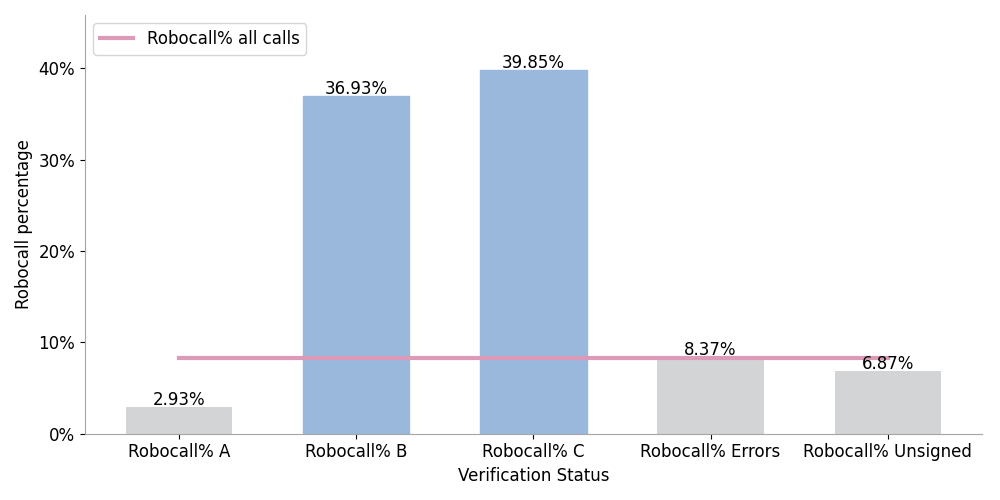
Figure 1. Robocall % by Verification Status in June 2022
Figure 1 compares the percentage of robocalls by attestation level, for unsigned calls, and for all calls in June 2022.
The red line shows the robocall percentage for all calls, which was 8.29%, while 6.87% of unsigned calls were robocalls.
The remarkable thing about this chart is that almost 40% of calls signed B or C were robocalls. As we’ve reported in previous months, many of these calls were signed by a downstream intermediate provider using their own SHAKEN certificate.
In this scenario, the upstream Originating Service Providers (OSPs) claim a SHAKEN implementation in their Robocall Mitigation Database (RMD) filings. However, they have not been approved to do SHAKEN by the STI Policy Administrator, so they really aren’t doing SHAKEN. As Figure 1 illustrates, they aren’t doing robocall mitigation either.
The downstream provider evades accountability too. It signs robocalls with attestation levels that acknowledge that it really doesn’t know anything about these calls.
This robocall tactic has been going on for many months, and it showed explosive growth in May 2022.
Signed Robocalls Exploded in May, Continued in June
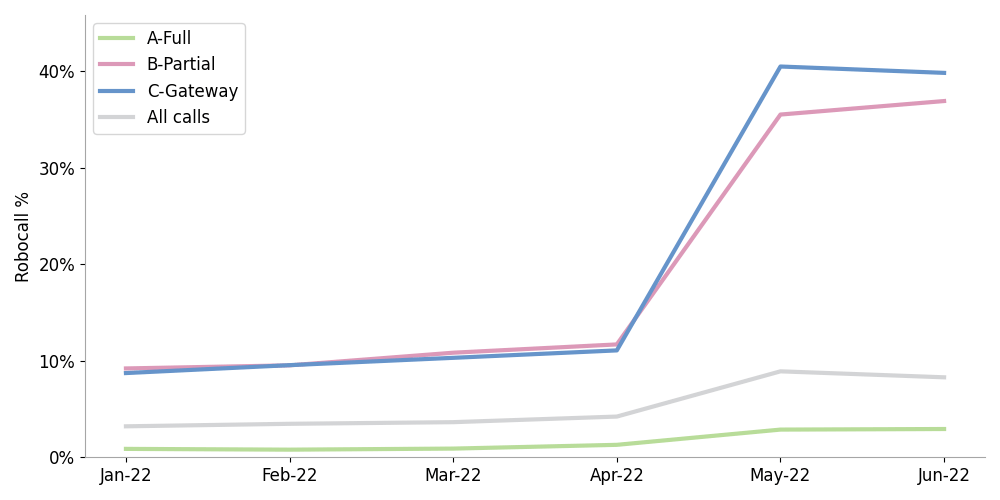
Figure 2. Signed Robocalls by Attestation Last 6 Months
Figure 2 shows this trend over the past six months with explosive growth of signed robocalls in May 2022. There are some important takeaways in this chart:
- The red and blue lines, robocalls signed B or C, have been higher than the grey line, robocall % among all calls, for many months.
- Robocalls signed B or C exploded in May, and this continued in June.
- Robocalls among all calls, the grey line, also increased in May. But this wasn’t driven just by the increase in robocalls signed B or C; even robocalls signed with full A attestation increased in May.
SHAKEN participation increases
Okay, now for some good news.
Increase in SHAKEN Participation
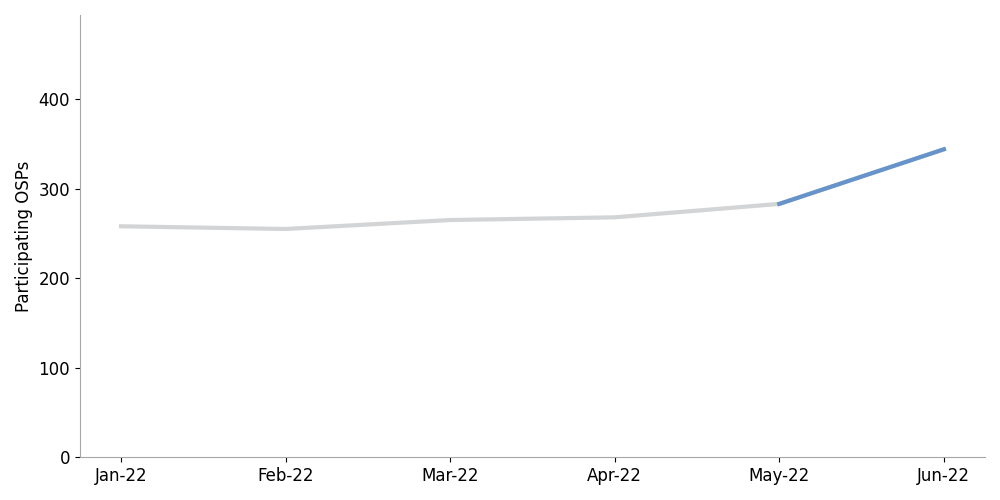
Figure 3. Monthly Number of OSPs Sending Signed Calls
Figure 3 shows that the number of Originating Service Providers (OSPs) signing calls increased from 283 in May to 344 in June, a 22% increase.
Robocall Mitigation Database New Filings Increased in June
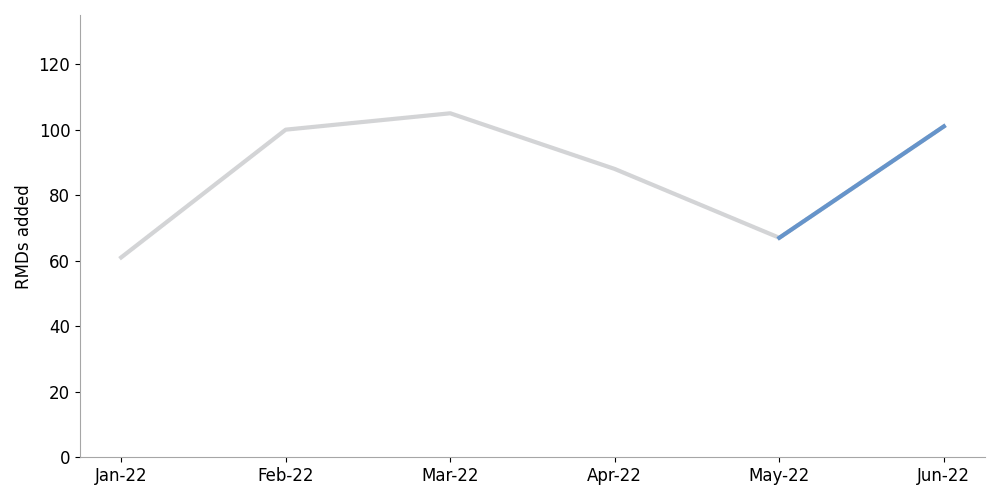
Figure 4. New Robocall Mitigation Database New Filings by Month
Figure 4 shows a 51% increase in new Robocall Mitigation Database filings, from 67 in May to 101 in June. In addition, 167 previously filed RMDs were updated in June, for a total of 268 changes.
Increase in SHAKEN Authorized Providers
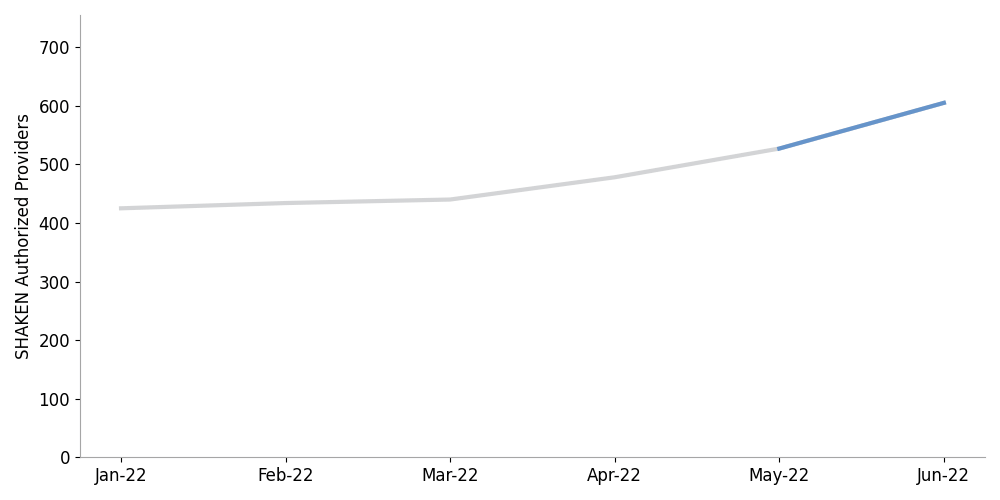
Figure 5. STIR/SHAKEN Authorized Providers by Month
Figure 5 shows that the number of SHAKEN authorized providers increased 15% in June, from 527 to 605.
By these measures, SHAKEN participation is increasing. However, the increases (61 OSPs, 78 authorized by the STI-PA) are lower than we expected from the Fourth Order.
Still, few calls are signed
With all these new SHAKEN participants, we should see the percentage of signed calls increase, yes?
Unfortunately, no.
Most Calls Were Unsigned
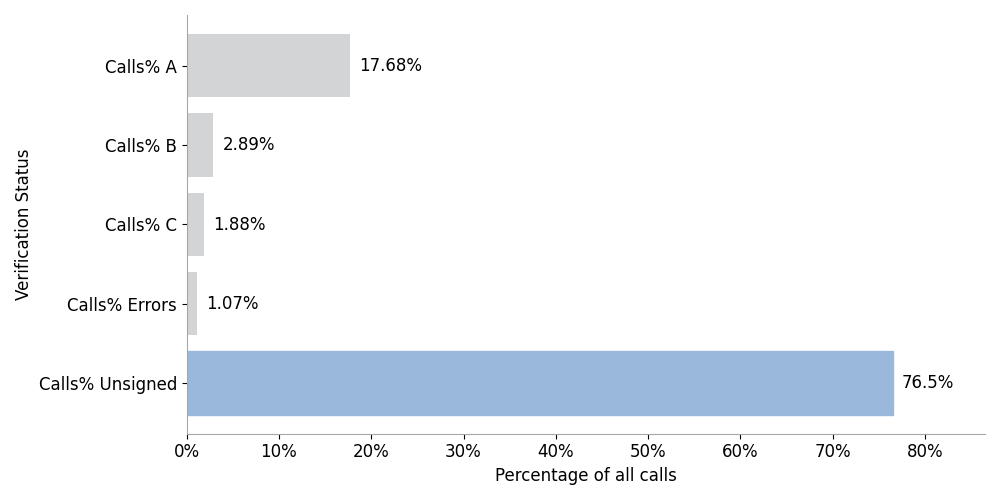
Figure 6. Percentage of Calls by Verification Status
Figure 6 shows that 76.23% of calls received were unsigned.
Percentage of Signed Calls Stays Level
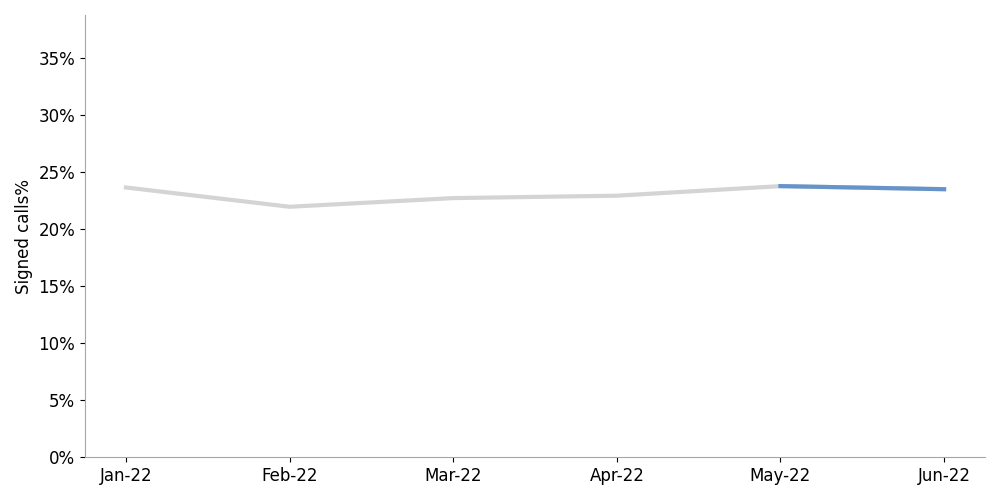
Figure 7. The Percentage of Signed Calls Last 6 Months
Figure 7 shows that the percentage of signed calls stayed level, despite the increased number of OSPs and SHAKEN authorized providers. We’ll be watching this to see if it starts to move upward in coming months.
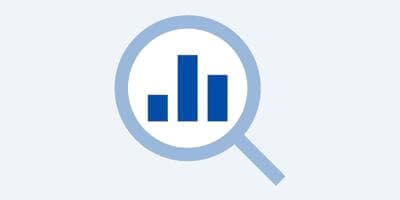
What the statistics tell us
- Calls signed with either partial or gateway attestation have a high percentage of robocalls. Robocallers have been welcomed into the SHAKEN ecosystem by providers who sign their robocalls and look the other way.
- Participation is up. However, this has yet to increase the percentage of signed calls.
The CATA Working Group recently prepared a report, Best Practices for Terminating Voice Service Providers (TSPs) using Caller ID Authentication Information. One of their suggestions was for TSPs to use SHAKEN information in developing a reputation score for service providers.
Looking at the number of robocalls signed with B or C attestation, this seems a good idea. If TSPs knew that calls signed by a particular provider with either B or C attestation were loaded with robocalls, then they could use that in call analytics. Some subscribers might want such calls labeled and/or diverted to voice mail.
This might not be what the FCC had in mind when they required TSPs to use SHAKEN verification results to qualify for safe harbor protection in call blocking. If some SHAKEN signatures are a marker for likely robocalls, however, then TSPs should leverage that information.
The FCC should not allow a voice service provider to claim a SHAKEN implementation if they have not been approved for SHAKEN by the STI-PA. A downstream provider signing calls with their own SHAKEN certificate does not make upstream providers SHAKEN participants. The consequences of this failure to enforce the STIR/SHAKEN governance framework are vividly represented in the explosion of robocalls signed with partial or gateway attestation.
TransNexus solutions
TransNexus is a leader in developing innovative software to manage and protect telecommunications networks. The company has over 20 years’ experience in providing telecom software solutions including toll fraud prevention, robocall mitigation and prevention, TDoS prevention, analytics, routing, billing support, STIR/SHAKEN and SHAKEN certificate services.
Contact us today to learn more.
Our STIR/SHAKEN products:
- Work with your existing network
- Support SIP and TDM
- Affordable, easy to deploy